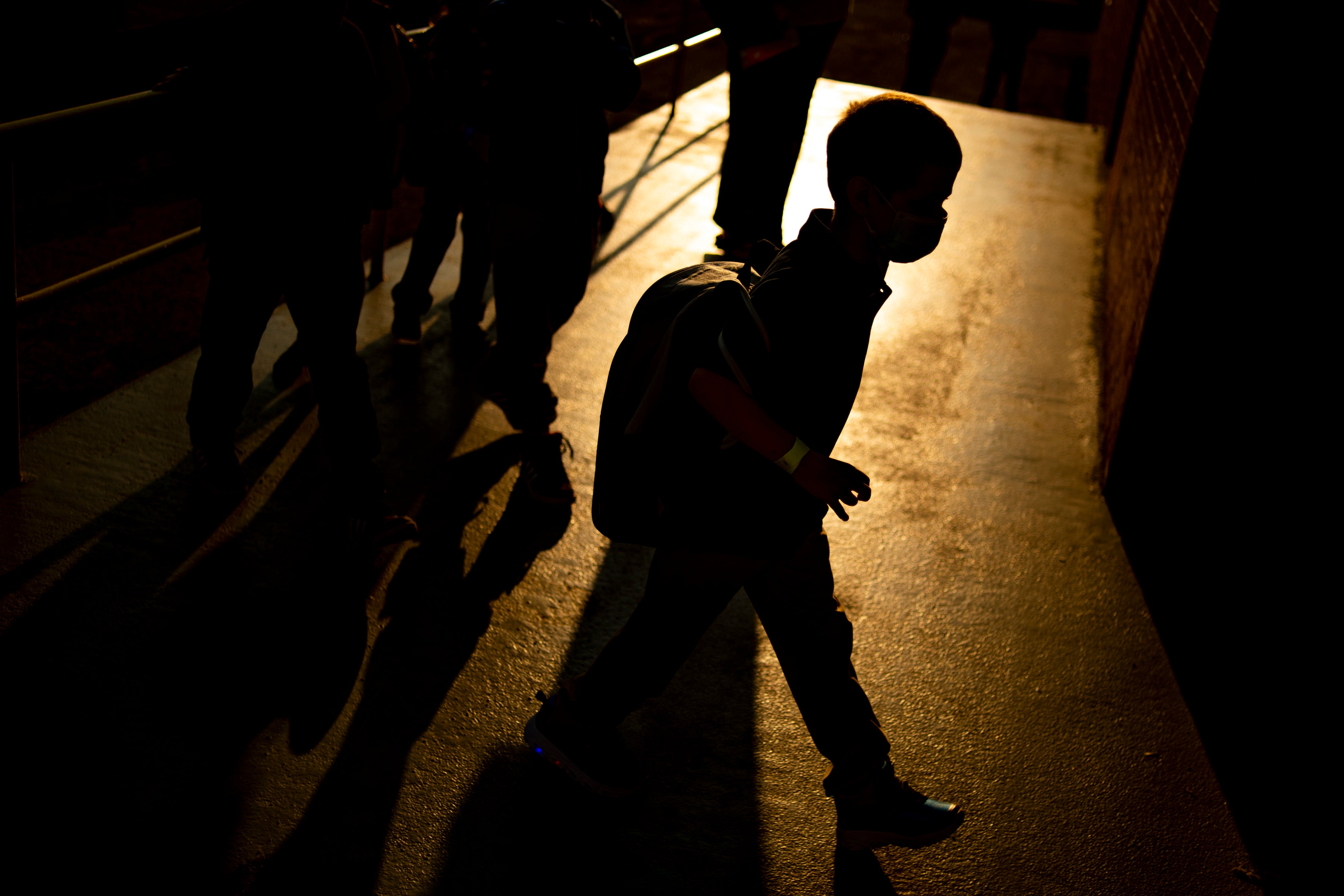New data suggests 1 in 44 US children affected by autism
New government autism numbers suggest more U.S. children are being diagnosed with the developmental condition and at younger ages

Your support helps us to tell the story
From reproductive rights to climate change to Big Tech, The Independent is on the ground when the story is developing. Whether it's investigating the financials of Elon Musk's pro-Trump PAC or producing our latest documentary, 'The A Word', which shines a light on the American women fighting for reproductive rights, we know how important it is to parse out the facts from the messaging.
At such a critical moment in US history, we need reporters on the ground. Your donation allows us to keep sending journalists to speak to both sides of the story.
The Independent is trusted by Americans across the entire political spectrum. And unlike many other quality news outlets, we choose not to lock Americans out of our reporting and analysis with paywalls. We believe quality journalism should be available to everyone, paid for by those who can afford it.
Your support makes all the difference.New autism numbers released Thursday suggest more U.S. children are being diagnosed with the developmental condition and at younger ages.
In an analysis of 2018 data from nearly a dozen states, researchers at the Centers for Disease Control and Prevention found that among 8-year-olds, 1 in 44 had been diagnosed with autism. That rate compares with 1 in 54 identified with autism in 2016.
U.S. autism numbers have been on the rise for several years, but experts believe that reflects more awareness and wider availability of services to treat the condition rather than a true increase in the number of affected children.
A separate CDC report released Thursday said that children were 50% more likely to be diagnosed with autism by age 4 in 2018 than in 2014.
“There is some progress being made and the earlier kids get identified, the earlier they can access services that they might need to improve their developmental outcome,’’ said CDC researcher and co-author Kelly Shaw.
Geraldine Dawson, director of Duke University’s Center for Autism and Brain Development, said the new estimate is similar to one found in research based on screening a large population of children rather than on those already diagnosed. As such, she said it may be closer to reflecting the true state of autism in U.S. children than earlier estimates.
The CDC reports are based on data from counties and other communities in 11 states — some with more urban neighborhoods, where autism rates tend to be higher. The rates are estimates and don't necessarily reflect the entire U.S. situation, the authors said.
Autism rates varied widely — from 1 in 26 in California where services are plentiful, to 1 in 60 in Missouri.
Overall, autism prevalence was similar across racial and ethnic lines, but rates were higher among Black children in two sites, Maryland and Minnesota. Until recently, U.S. data showed prevalence among white children was higher.
At a third site, Utah rates were higher among children from lower-income families than those from wealthier families, reversing a longstanding trend, said report co-author Amanda Bakian, a University of Utah researcher who oversees the CDC’s autism surveillance in that state.
Bakian said that likely reflects more coverage for autism services by Medicaid and private health insurers.
___
Follow AP Medical Writer Lindsey Tanner at @LindseyTanner.
___
The Associated Press Health and Science Department receives support from the Howard Hughes Medical Institute’s Department of Science Education. The AP is solely responsible for all content.